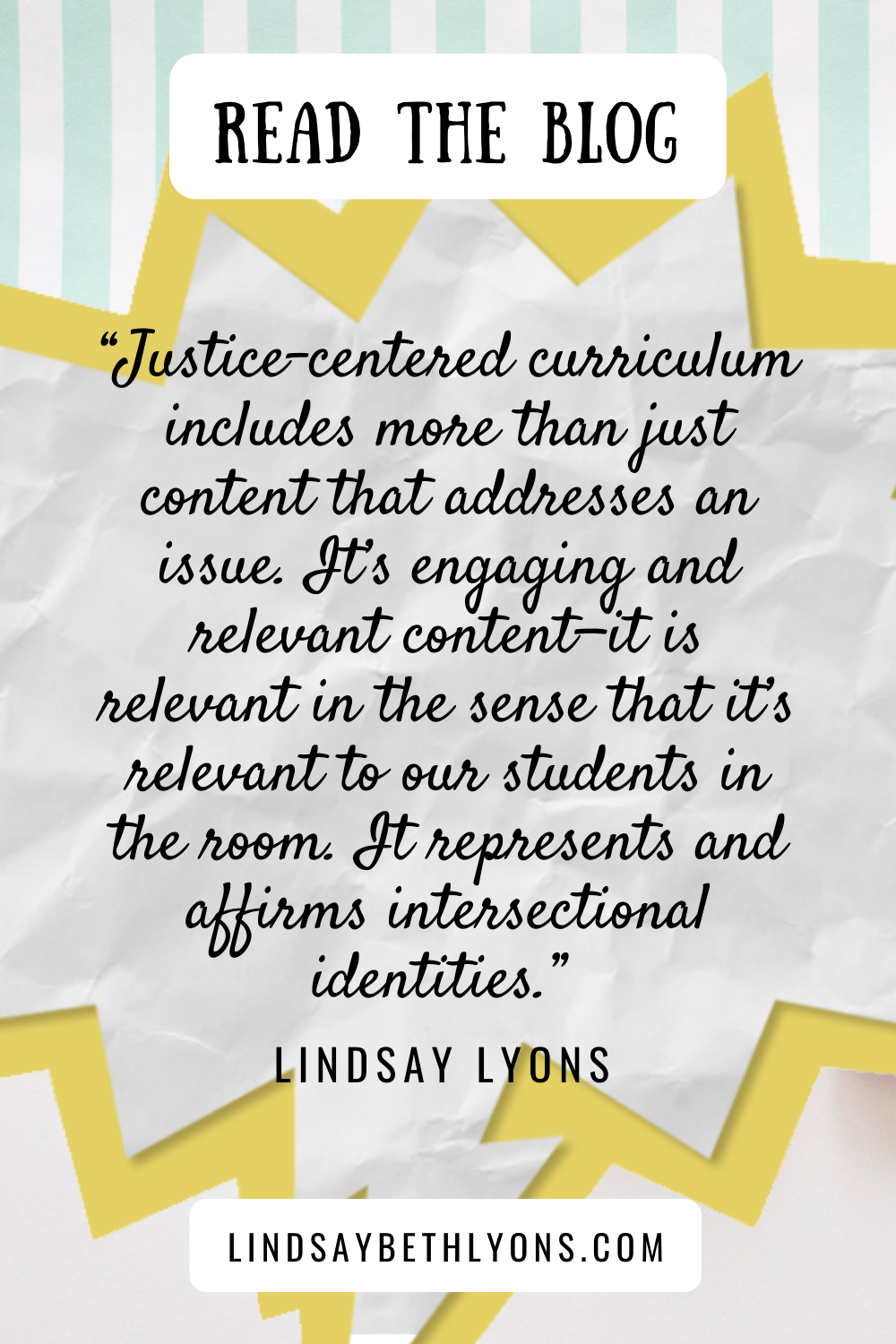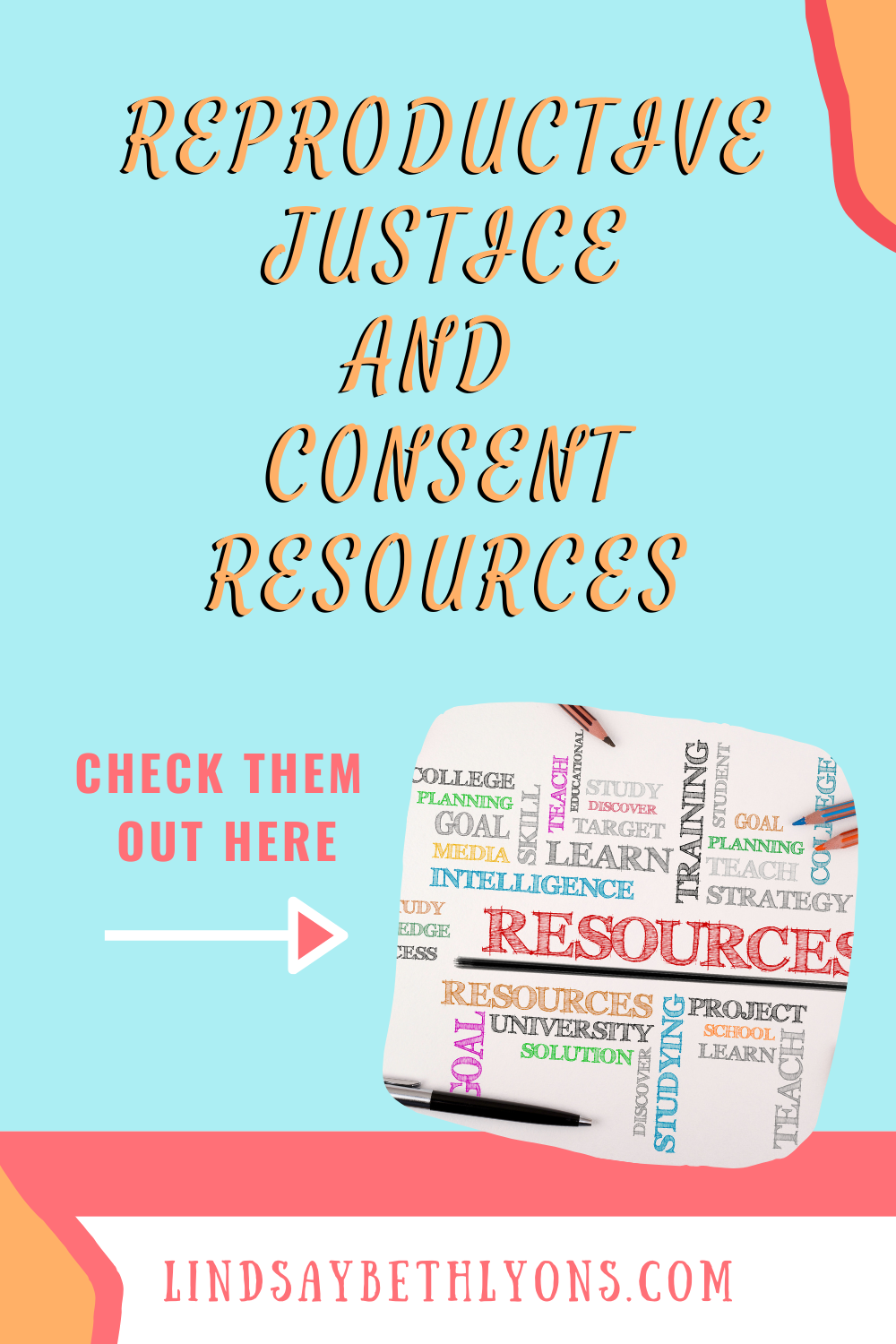|
Listen to the episode by clicking the link to your preferred podcast platform below:
Not too long ago, most of us were glued to our phones and social media to hear the outcome of the Dobbs v. Jackson decision. This landmark Supreme case brought up so many cultural conversations around bodily autonomy, consent, sexual assault and more. And it’s a conversation that needs to be brought into the classroom. Our students need a place to unpack and understand important cultural events. Through careful and intentional curriculum planning, we can provide that space for them. Recently I’ve started doing mini curriculum bootcamps, where educators can learn how to design a unit around a specific topic. A recent one centered on the Dobbs v. Jackson decision, which was also discussed on episode 90 of the Time for Teachership podcast. Here are the steps educators can take to design a unit that opens the conversation of this important current event. Principles for Justice-Centered Curriculum Before diving into the how-to, it’s important to clarify some principles for justice-centered curriculum. Here are the core principles to remember when designing a unit:
How to Design a Justice-Centered Unit With those core principles of justice-centered curriculum in mind, educators can structure a lesson plan. I go into this in more detail during Curriculum Boot Camps, but here are the main steps an educator can take when designing a unit: 1. Start with a mind map. Get out your computer, a pen and paper, or a whiteboard and start brainstorming everything that comes to mind in the context of the Dobbs v. Jackson case. This could be related to the content of what to teach, questions that come up, or texts and resources you want to use.
This is to get at your driving question for the unit. Some examples related to this topic are:
Start with your own ideas, but also invite students to come alongside you and co-create some ideas. Since one of the goals of justice-centered curriculum is for it to go beyond the classroom, consider ideas like a multimedia project (podcast or movie) or a presentation to the school board. 4. Determine protocols and how you’re going to teach the unit. Establishing regular protocols and rhythms is essential to teaching a successful unit. Consider having check-ins each week on Monday, as it’s a heavy topic and important to see how everyone is doing. Then set up the rest of the weekly teaching plans to align with your guiding question and project. 5. Determine a strategy for resource gathering Don’t leave this to the last minute! Make sure you’re constantly curating and collecting resources—podcasts, TV clips, books, news stories, art, etc. There are so many directions to go with content, so start collecting it early and store somewhere easily accessible. --- Creating a justice-centered curriculum and unit plan needs to be intentional and thoughtful. The ultimate goal is to help students interact with current events in an inclusive space that upholds everyone’s dignity. To dive in deeper to this topic, go listen to episode 90 of the Time for Teachership podcast. You can also check out my resource list for support in creating a unit around the Dobbs v. Jackson decision. Interested in Curriculum Boot Camp for your staff? Book a call with me. Quotes:
Click to Tweet: ctt.ac/0pv4b
0 Comments
Leave a Reply. |
Details
For transcripts of episodes (and the option to search for terms in transcripts), click here!
Time for Teachership is now a proud member of the...AuthorLindsay Lyons (she/her) is an educational justice coach who works with teachers and school leaders to inspire educational innovation for racial and gender justice, design curricula grounded in student voice, and build capacity for shared leadership. Lindsay taught in NYC public schools, holds a PhD in Leadership and Change, and is the founder of the educational blog and podcast, Time for Teachership. Archives
May 2024
Categories |




 RSS Feed
RSS Feed